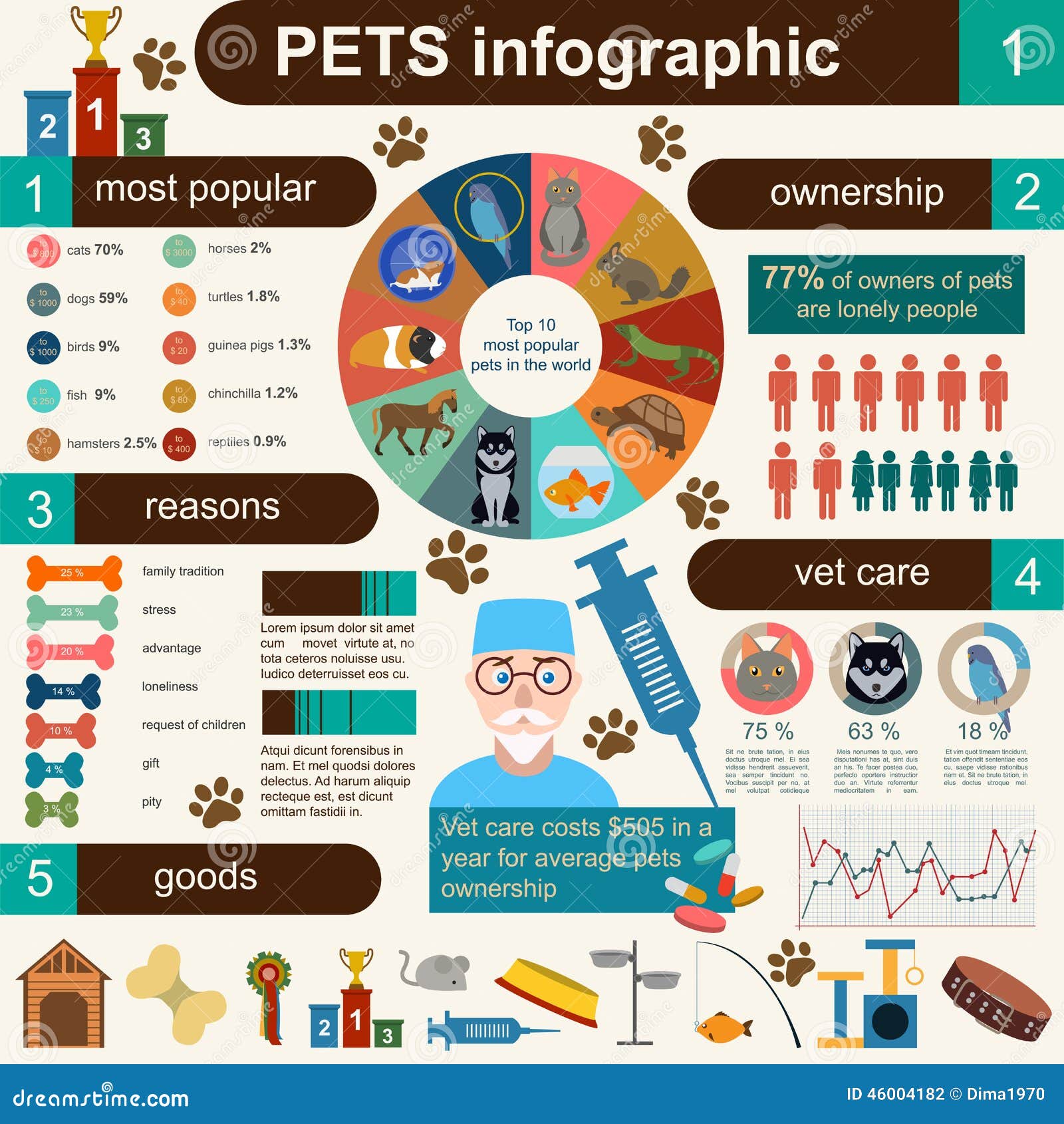If your dog shows a lot of tension signals at daycare such as panting, tucked tail, or avoiding various other pets, this could be an indicator that they're not an excellent fit.
Prevent facilities that use strong training techniques like squirt bottles, shaker cans, or e-collars. These are not advised by modern-day canine trainers and veterinary behaviorists and can lead to lasting behavior issues.
1. They don't approve all dogs
Some pets, specifically grown-up canines, are simply not well matched for a childcare setting. This is usually due to poor socializing and not enough off-leash play chances. This can result in a pet ending up being nervous around other pets or establishing aggressive behaviors, which is not an appropriate result for any pet parent!
A reputable childcare will take the time to extensively examine each canine before choosing to accept them. This includes a detailed health and wellness history, evidence of vaccinations, attack history, power level and more. This will certainly help make sure that your canine is positioned in the very best possible team for them!
A day care should constantly more than happy to reveal you their facility. If a daycare rejects to let you visit the facility, this is a warning. You are worthy of to recognize that the center is clean and effectively fitted for each pet. They must also agree to offer you with detailed details about their case evaluation and cleansing routine.
2. They do not have a site
Having a website is a need to for any organization these days. It's just how people locate you, and it provides possible clients an opportunity to get more information about your solutions and facilities. If you're locating a daycare that does not have a site, this is most definitely a red flag.
You need to likewise watch out for a doggy childcare with very reduced or high reviews. This is particularly true if the unfavorable testimonials make the exact same issues over and over once again.
An additional red flag to expect is if the daycare does not have a written policy concerning exactly how they take care of canine battles and other disputes in their treatment. This includes just how they break up scuffles and what their procedures are for analyzing injury or disease. This can be an indicator that they are not taking the safety of your puppy seriously enough.
3. They don't permit you to tour the facility
Seeing the facility to see exactly how your pet is treated and to satisfy team ought to be a very easy part of the decision-making process. If you can't visit the facility, that is a red flag!
An excellent childcare will invite you and offer you a tour of the kennel area and the childcare. Ask questions concerning their cleaning routine and the kennel-to-dog proportion. You must additionally ask about their training in animal body movement and behavior, in addition to their technique for separating scuffles.
Avoid any type of centers that make use of aversive tools such as e-collars, spray bottles, bark/shock collars, or choke collars. These are obsolete methods that go against the principles of force-free positive support and can create long-term behavioral problems in pet dogs. Additionally, beware of facilities that talk about "supremacy," "pack management," or making use of physical corrections to self-control pet dogs-- this is additionally a warning.
4. They don't dog board training near me have an employee offered to address your inquiries
A responsible daycare ought to constantly have a person readily available to answer your questions. Whether they're a canine instructor, childcare proprietor, or veterinary student, they ought to be able to provide you straightforward answers about their facility and services.
They likewise need to have the ability to tell you how they screen canines for team play and what their occurrence analysis procedure is. This helps keep your pet risk-free and makes sure that they'll be looked after if any kind of concerns arise.
If they can't tell you these things or won't let you explore their center, that must be a warning. It might indicate that they do not have an efficient, specialist organization or that their safety and the safety of their dogs aren't a priority.
